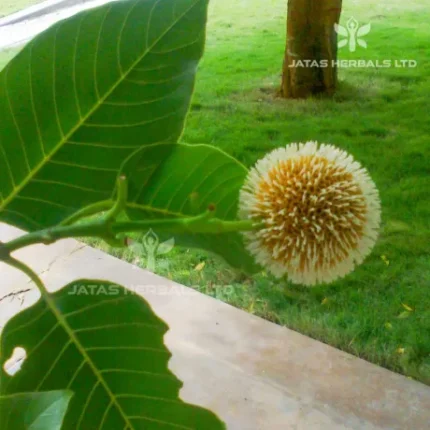Jingini appears to be an important plant during Samhita period as well as nighantu period. Brhat trayi have quoted it repeatedly. Among the nighantus it is found in dhanvantari nighantu but, other nighantus quoted it. During ighantu period jingi is used as a synonym for manjishtha. Bhavamisra used jingi as the synonym for jingini. It is also known by other names like modaki and gudamanjari. Kaiyadeva specially quoted its niryasa (gum-resin) as effective in the treatment of shoulder-girdle pain when administered through nasal rout. It is specifically indicated in mukhadourgandhya, trsna and vata-kaphavikara in sodhala nighantu.
Botanical description –
Medium sized tree. Found commonly in deciduous forests throughout India, in the sub-Himalayan tract extending to the Indus and ascending to 4,000 ft in the outer hills.
Part used – bark, leaves
Uses –
Bark – astringent, wound healing, applied as lotion on the ulcers and erruptions.
Leaves are boiled and applied over the local swellings and body pains.






Reviews
There are no reviews yet.